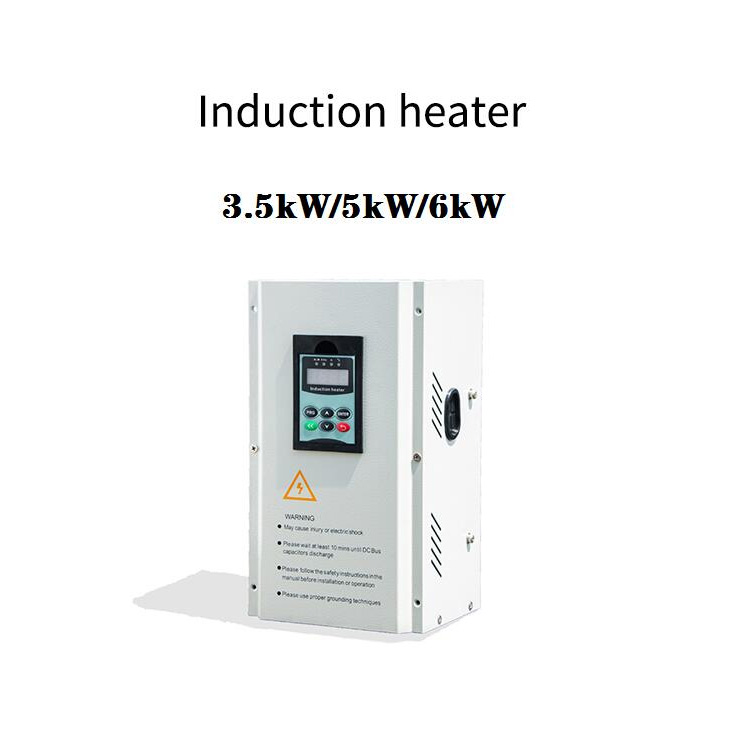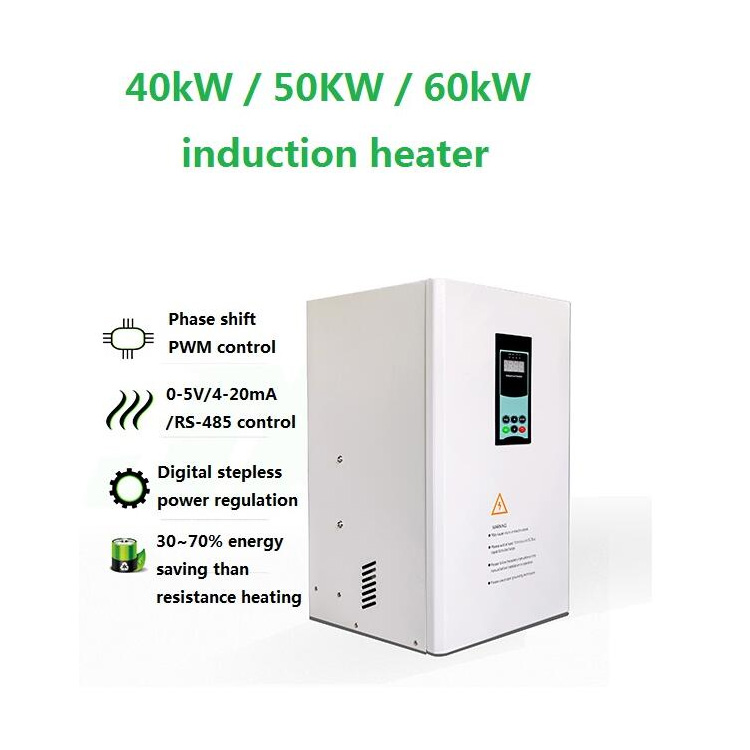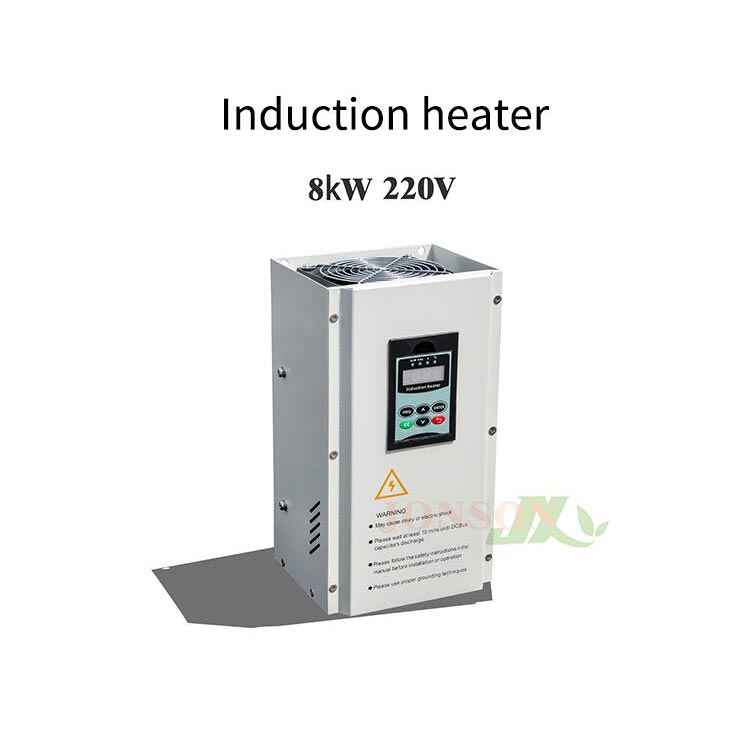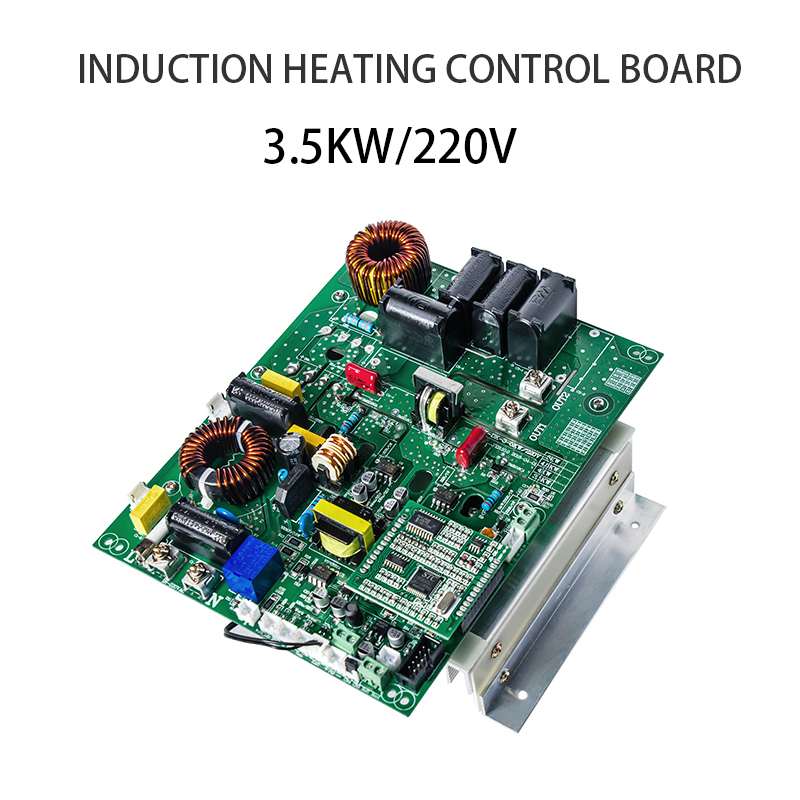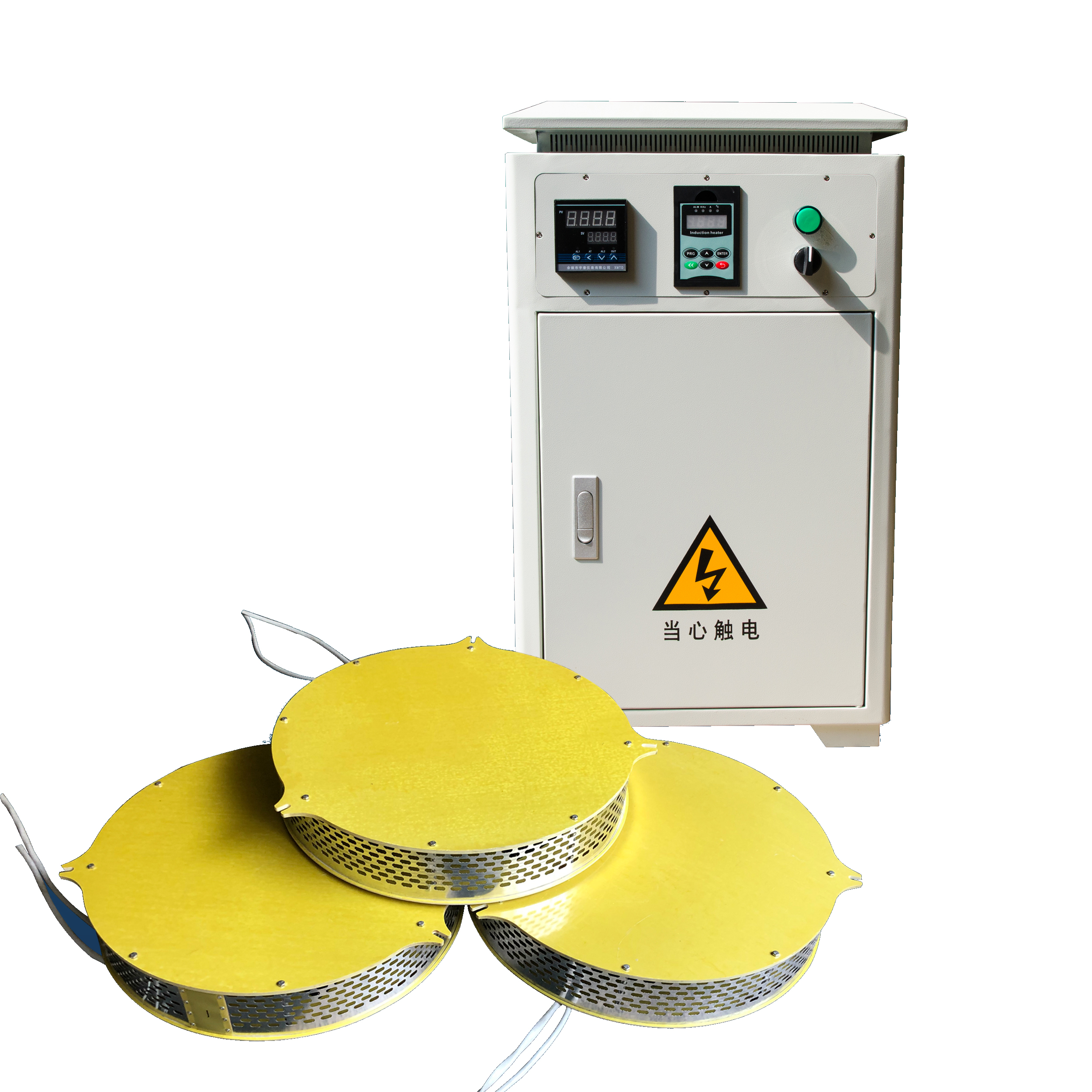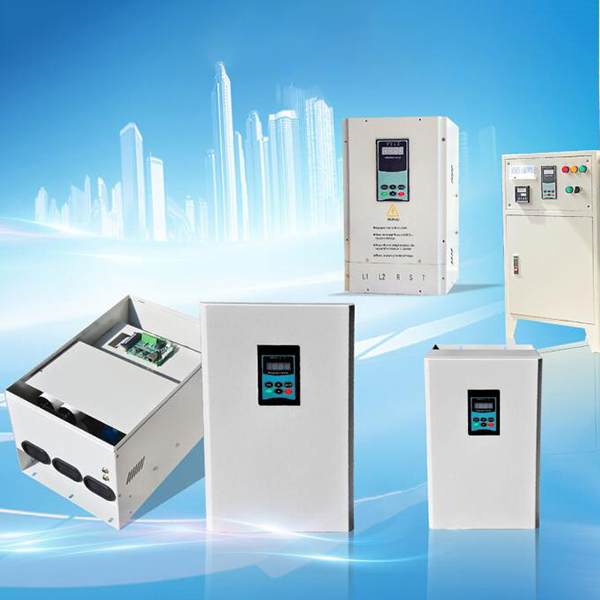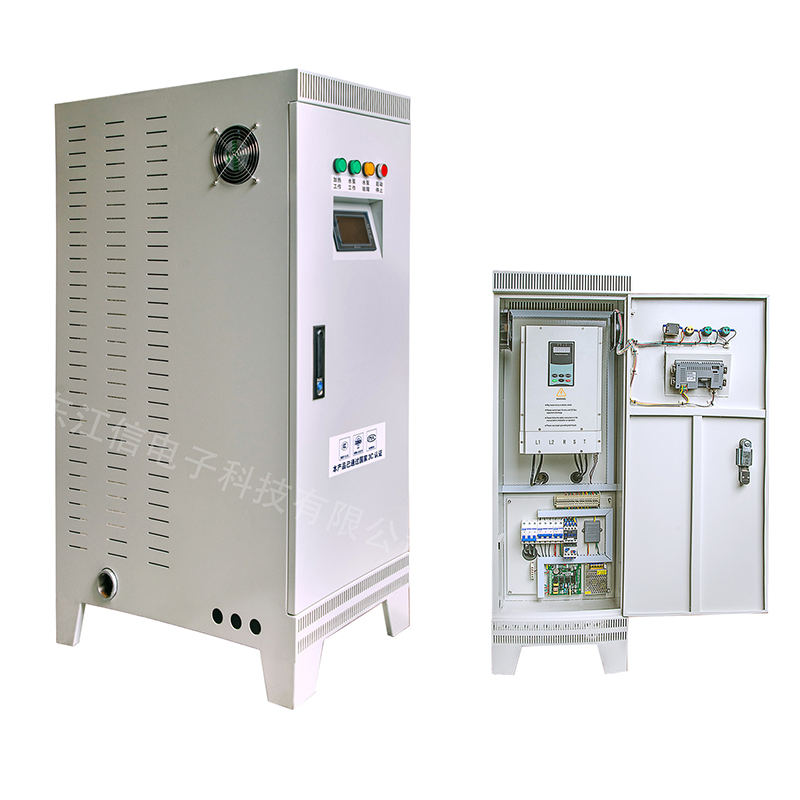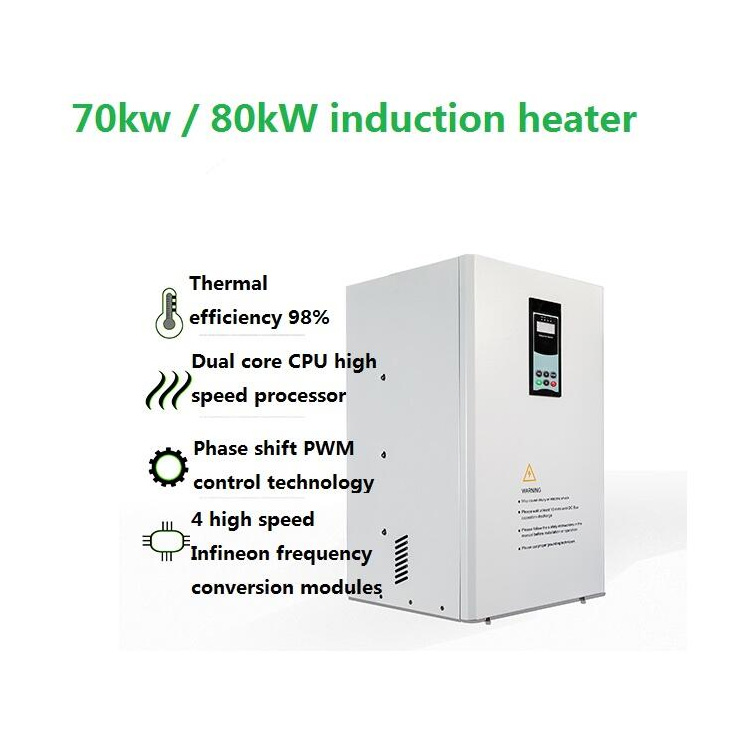Induction heating is an innovative and efficient method that can be applied to rubber manufacturing equipment to enhance several aspects of the production process. Here’s how induction heating can benefit rubber equipment:
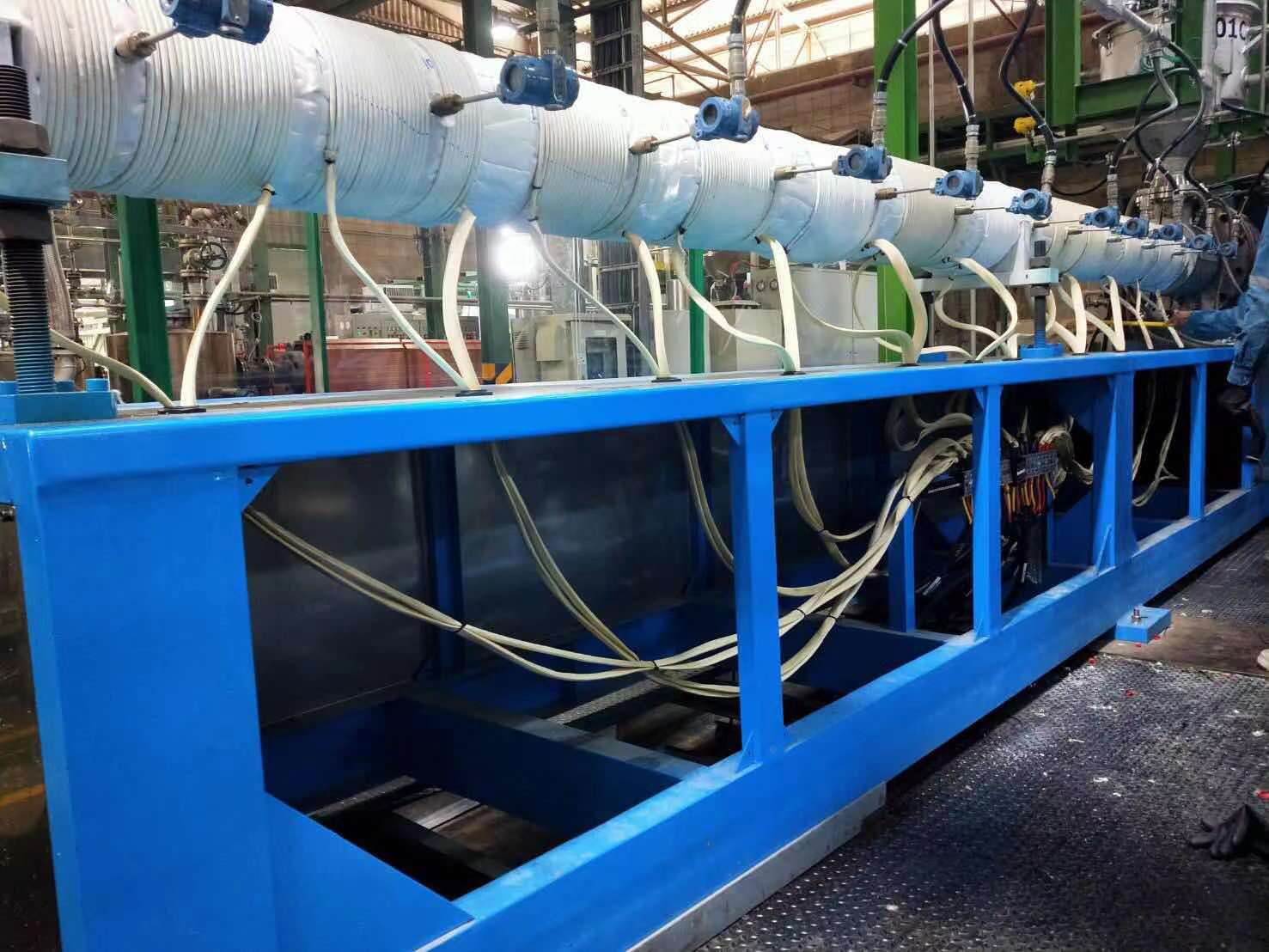
1.Uniform Heating: Induction heating provides consistent and uniform heat distribution, which is crucial in rubber processing to avoid material degradation and ensure product quality. This uniformity helps in achieving consistent vulcanization, an essential process in rubber manufacturing.
2.Increased Production Speed: The rapid and precise heating capabilities of induction technology can significantly speed up the vulcanization process. This leads to faster cycle times and increased throughput in manufacturing lines.
3.Energy Efficiency: Induction heating is more energy-efficient compared to traditional methods like steam heating or resistive heating. It directly heats the rubber or the mold without significant losses to the environment, which reduces energy consumption and operational costs.
4.Improved Product Quality: The precise control over the heating process allows for better management of the rubber’s properties during manufacturing. This control helps in minimizing defects like scorching, incomplete curing, or uneven density, thereby enhancing the overall quality of the final product.
5.Reduced Space Requirements: Induction heating equipment tends to be compact compared to traditional heating systems. This space efficiency is advantageous in crowded industrial environments, allowing for more flexible design and layout of production lines.
6.Enhanced Safety: With induction heating, the heat is generated within the material itself, rather than being applied from an external source. This reduces the risk of burns and fire hazards, making it a safer option for operators.
7.Low Maintenance: Induction heating systems have fewer moving parts and do not rely on combustion, making them less prone to wear and maintenance issues. This reliability is critical in high-demand industrial settings.
8.Environmentally Friendly: Since induction heating is cleaner and more energy-efficient, it contributes less to air pollution and helps manufacturing plants meet stricter environmental regulations.
In rubber manufacturing, these benefits make induction heating an attractive choice for activities such as preheating before vulcanization, curing rubber components, and heating molds or presses. As technology advances, its applications in the rubber industry are likely to expand, offering even greater efficiencies and opportunities for innovation.

